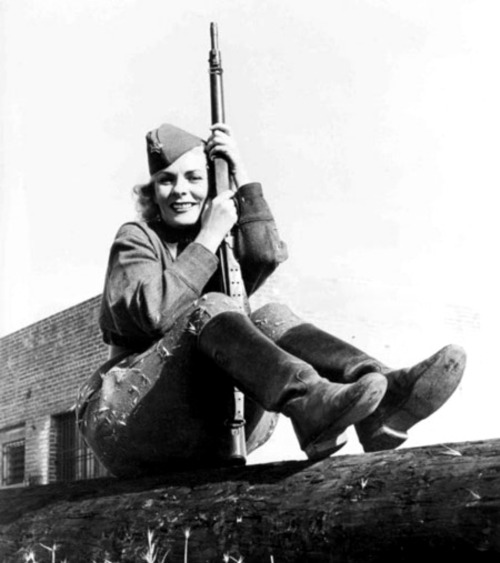#red army

Vasilii Vasil’evich Mansurov was born in December 1901 in the village of Kukarka, Ianskii uezd, Viatskaia Gubernia into the family of a Russian baker. He completed an rural elementary school and from 1915-1917 the boy worked at a private shop in the village of Kukarka. From 1917-1918, Mansurov was an unskilled laborer in a private enterprise. From 1918-1919, he was assistant machinist/smith in repair shops.
He served in the Red Army and was an active participant in the Civil War. After demobilization Mansurov worked in the city of Sovetsk as an instructor of the Komsomol from 1923-1924. He then went to work as the executive secretary of the Sovetskii Volkom of the Komsomol and then a propagandist in the Sovetskii Party Volkom from 1924-1928. It was at this time (1927) that he joined the party. Mansurov worked as the chairman of the board of the credit partnership from 1928-1930. Then he became the head of propaganda department of the Sovetskiidistrict party committee from 1930-1931. Then Mansurov moved to the village of Kiknur whereupon he took up the post of head of the agitmass department of the Kiknurskii raikom in 1931. He then became the responsible editor of the district newspaper, a post he held from 1931-1934. From 1934-1937, Mansurov worked as the chairman of the RIK. He was removed from that post by the obkom (likely as a result of accusations of mismanagement and supporting Kulaks). Mansurov was transferred back to Sovetsk where he worked as the director of the trade department from 1937-1938. He was then head of the city soviet’s housing department in 1938. He worked as a teacher at the regional school for collective farm personnel from 1938-1939. And then he was the deputy and later executive editor of the district newspaper “The Way of Ilyich” from 1939-1942. Vasilii Mansurov was then drafted into the army and was sent to the front. He was killed in battle on Febuary 19, 1942.
Politicheskie Lidery, p 312.
Soviet soldiers at a monument of the Patriotic War of 1812 in the village of Tarutino (1941).
Post link
Lydia Litvyak - The white rose of Stalingrad
Lydia Vladimirovna Litvyak (1921-1943) was fittingly born on August 18, the Soviet Air Fleet Day or Aviation Day. She made her first solo flight at 15 and was training as a flight instructor by the age of 17.
In 1937, her father was accused of having committed crimes against the Communist Party and arrested. She never saw him again. Unlike her brother, Lydia refused to change her name.
When World War II began, Lidya had already trained 45 pilots at the Kirov Flying Club in Moscow. The USSR’s Airplanemagazine praised her for having carried out a record number of training flights in a single day (over 8 hours in flight). Lydia wanted to join the war effort, but her appeal was rejected.
However, things changed when Marina Raskova was allowed to create female aviation regiments. Lydia joined her recruits. She was friendly and curious toward the others. She first refused to have her hair cut, but had to give up due to Marina’s insistence. Lydia was full of enthusiasm, she wrote her mother that she was “thirsting for battle”.
In September 1942, she and some of her female comrades were moved to an entirely male regiment. They stood their ground and quickly adapted. It was during this month that Lydia was deployed in battle for the first time. She shot down two enemy planes during the fight and thus became the first woman in the world to shoot down an enemy combat aircraft on her own.
Story has it that a renowned German ace she had shot down was captured, and asked to meet the person who defeated him. When he saw Lydia, he couldn’t believe it was first. Lydia, however, used hand movements to reconstruct their duel and he was forced to admit the truth. Impressed, he offered her his wristwatch, but she refused.
Nicknamed the “White rose of Stalingrad”, Lydia flew with a bouquet of flowers stuck on her dashboard. A white lily was painted on her plane. To become an ace, a pilot had to shoot down five aircrafts. Lydia shot down 11 enemy planes by herself within a year and added a “shared kill” to her performance. She was granted the status of “free hunter”, meaning that she could go searching for enemy aircraft or ground forces on her own initiative.

On March 22, 1943, she found herself outnumbered by the enemy two to one. She shot down a German plane, but was wounded in the leg. Lydia then found herself surrounded by six enemy planes. She flew straight in the middle of the German aircrafts and shot one of them. She managed to escape and to land, before fainting. This exploit turned her into a celebrity.
In July, she and six or five of her comrades found themselves fighting thirty six enemy planes. She shot a German bomber and a fighter, but was wounded in the shoulder and the leg and had to crash-land her plane. She refused to be hospitalized. The death of her best friend in battle didn’t stop her. A week later, she returned to combat.
She was flying her fourth mission on August 1, 1943, when she was ambushed by a superior number of enemies. One of her comrades saw her dive into the clouds to escape. This was the last time she was seen. Nobody could find her body or plane. Since she was declared “missing”, she couldn’t be granted to rank of “Hero of the Soviet Union”.
After the war, search for her body and plane were conducted and it was discovered that she had possibly been found and buried in the village of Dmitrievka in Ukraine. On May 5,1990 Mikhail Gorbachev finally made her a hero of the Soviet Union.
Lydia’s last letter to her mother said:
“I am completely absorbed in combat life. I can’t seem to think of anything but the fighting. I long … for a happy and peaceful life, after I’ve returned to you and told you about everything I had lived through and felt during the time when we were apart. Well, good-bye for now. Your Lily.”
If you want to support me, here’s the link to my Ko-Fi.
Bibliography:
Sakaida Henry, Heroines of the Soviet Union 1941-1945
Wayne Elizabeth, A Thousand Sisters: The Heroic Airwomen of the Soviet Union in World War II
Post link
Soviet soldiers with lowered standards of the defeated Nazi forces during the Victory Day parade in Moscow, 1945. A total of 200 banners and standards of the defeated Nazi troops were carried by the Soviet Army. These banners were laid on a platform at the foot of Lenin’s Mausoleum. The first was Hitler’s personal standard. (top image)
Veterans of the Red Army celebrate Victory Day along with today’s Russian Army at a Victory Day parade in the Red Square.
Post link
Тесная связь с трудящимися - залог мощи Красной Армии. Царская и буржуазиые армии - орудие в руках капитала для угнетения трудящихся. / The close relationship with the workers - the key to the power of the Red Army. Tsar’s army and the bourgeoisie - a tool in the hands of capital for the oppression of workers.(1927)
Post link
С именем великого Сталина вперед, на разгром врага!
With the name of great Stalin go forward to destroy enemy!
Post link
Portrait of a female Soviet sniper during the Siege of Leningrad, which lasted over two years. Leningrad (Saint Petersburg), Northwestern Federal District, Russia, Soviet Union. May 1942.
Post link
Y3 by Yohji Yamamoto runway at L’Opera Comique Paris, march 2005,
autumn-winter 2005-2006
Photographed by Villa Eugenie
Post link
The Polish flag flew over Berlin on May 2nd 1945 it was placed by polish soldiers who fought with the Red Army
viareddit
Polska flaga łopocze nad Berlinem 2 maja 1945 umieszczona, przez polskich żołnierzy walczących razem z Czerwoną Armią
Post link






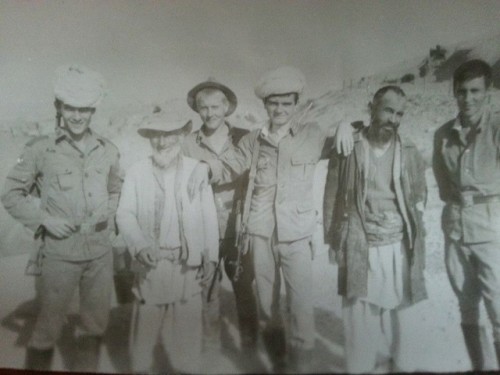
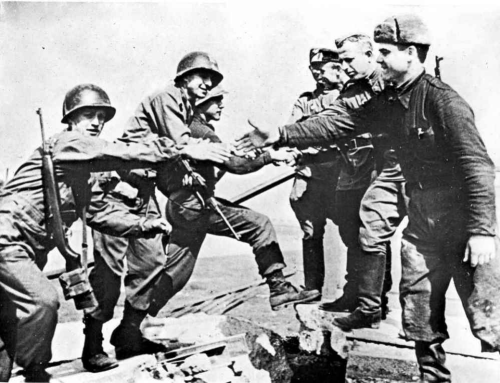

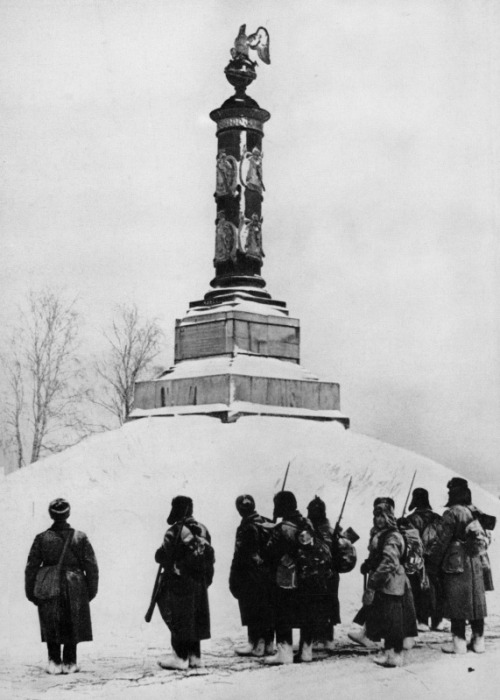

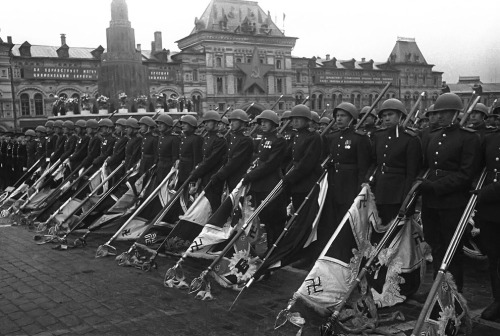
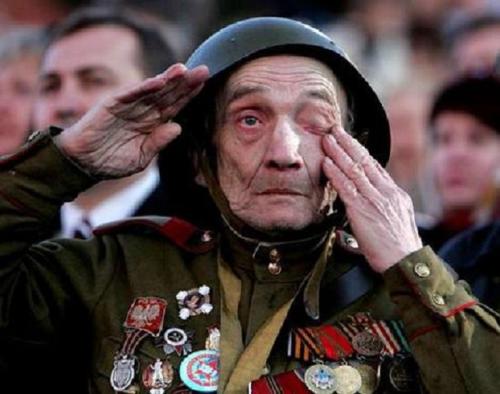




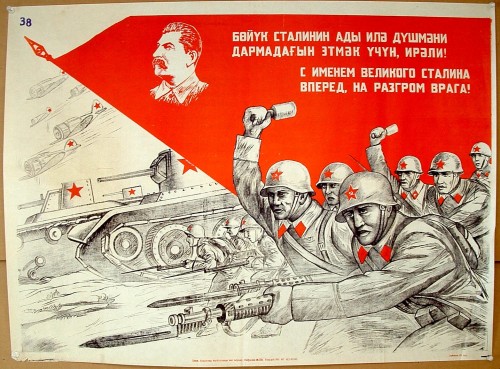

![Soviet intelligence agents pose with a captured Nazi flag on the eastern front, 1942. [x] Soviet intelligence agents pose with a captured Nazi flag on the eastern front, 1942. [x]](https://64.media.tumblr.com/20d8249d999e36f380c6fe2f2837dab1/tumblr_o1pc22390Z1rl6kkyo1_500.jpg)
